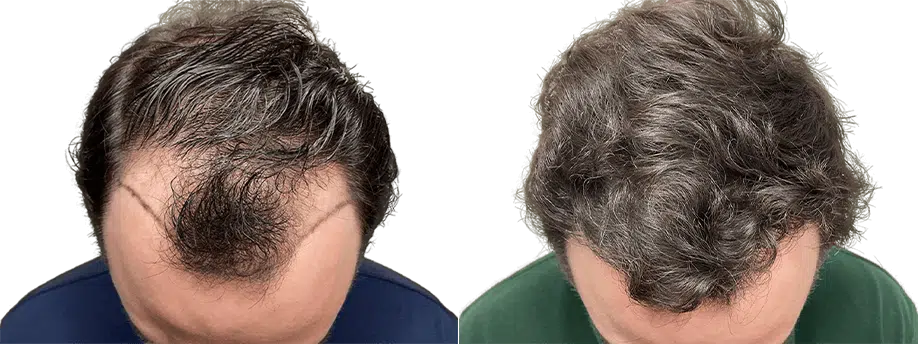What is a strip hair restoration procedure?
When doctors and patients refer to a “Strip Hair Restoration,” they are actually using the colloquial term for a Follicular Unit Transplant(FUT), a surgical procedure for hair restoration which is performed under a local anesthetic. Follicular Unit Transplants (FUT) are often referred to by this name due to the manner in which the hair transplant surgeon removes the follicular grafts from the donor site. In order to excise the donor grafts, the hair transplant doctor will create a thin, horizontal strip, which he or she will then prepare for transplantation by separating the strip into individual follicular grafts.
This strip will leave a thin, linear scar in the donor site, which is why the doctors carefully select a location that can easily be obscured by the patient’s naturally growing hair. Patients who prefer to keep their hair short have the option of further obscuring the scar with Scalp Micropigmentation, or they may elect to undergo a Follicular Unit Extraction (FUE) instead, as a Follicular Unit Extraction (FUE) does not leave behind a linear scar in the donor site.
Patients who ultimately select a Follicular Unit Transplant (FUT) as their preferred method of hair restoration typically do so because of the sheer volume of grafts that can be transplanted during a single, four-hour session. Since a hair transplant surgeon is able to transplant 3,000 grafts or more during a single session, patients are able to achieve significant density and coverage with the strip hair restoration procedure.
It is recommended that patients take a day or two off from work in order to recover immediately following the completion of a strip hair restoration session, and doctors prefer that patients avoid strenuous physical activity for a few weeks so the transplanted grafts have time to stabilize in the recipient site of the scalp.

